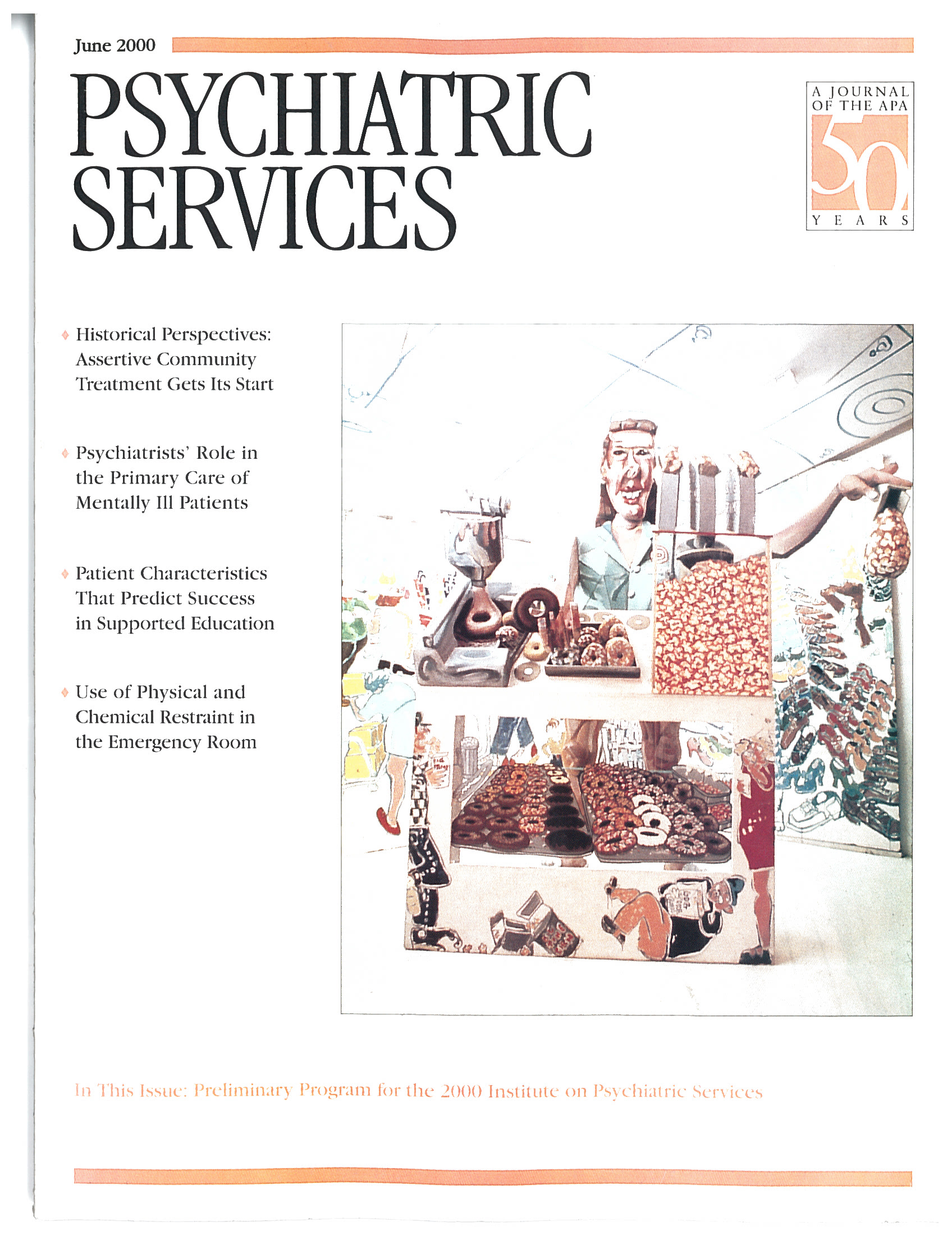The Role of Psychiatrists in Primary Care of Patients With Severe Mental Illness
Abstract
OBJECTIVE: This study sought to identify health conditions for which a primary care psychiatrist would be an appropriate treatment provider in an integrated model of health care delivery for persons with serious mental illness. A primary care psychiatrist is a psychiatrist with primary care training who is supervised by an on-site internist. METHODS: Rating methods for health conditions were adapted from those jointly developed by Rand and the University of California, Los Angeles. A consensus panel of 14 hospital administrators, internists, psychiatrists, and nursing service representatives from three southern California Veterans Affairs health care systems was convened. Eleven physician-panelists, including five psychiatrist, five internists, and a medical specialist, rated whether a general psychiatrist, a primary care psychiatrist, an internist, or a medical specialist could reasonably provide evaluation, treatment, or preventive care for uncomplicated instances of each of 344 physical health conditions or procedures. RESULTS: A primary care psychiatrist, with supervision by an internist, was rated as an appropriate treatment provider for most of the 344 conditions. The conditions included many of those cited by patients as the most common reasons for ambulatory care visits. Panelists identified some intrusive elements of primary care, such as a pelvic examination, as potentially injurious to the psychiatrist-patient relationship and inappropriate for performance by psychiatrists. CONCLUSIONS: This study took the first essential step in evaluating the integration of primary care into the psychiatric setting. Further research is needed to determine whether use of primary care psychiatrists will increase access to primary care by persons with serious mental illness and improve outcomes.



